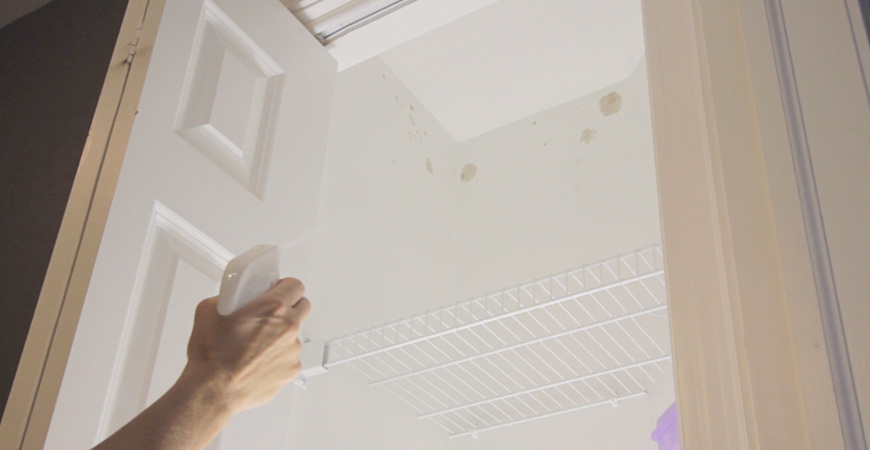In this case it was due to areas of missing insulation in the attic.
Mold spots on kitchen ceiling.
I suggest you call an exterminator.
Position the stepladder under the moldy spot on the ceiling.
Another cause of brown.
When a portion of the ceiling stays damp for an extended period of time a yellowish brown mold stain can form overhead.
Ceiling stains can draw eyes away from even the most beautiful living room dining or kitchen.
Typically your only recourse is to repaint.
Preventing mold on the kitchen ceiling.
Cigarette smoke can cause staining via the same principle as ghosting.
There are 3 most common types of ceiling stains and they are 1.
A damp ceiling can lead to mold growth and as the mold continues to grow it changes from a light yellow tint to a rich dark brown spot.
At this point the ceiling can be retextured and painted.
Ceiling mold growth is typically black.
If the spot fades fast it s probably mold.
Left untreated the mold stain may grow and become darker over time.
If your ceiling is moldy you may have a water leak in it or behind the walls.
Scrub the area with the black mold using a sponge and the solution of your choice.
Step 3 make a mold removal solution by combining 2 cups of warm water 1 4 cup of vinegar and 2 tablespoons of borax.
The second cause of ceiling discoloration may be related to moisture but is not directly caused by it.
Your best option for a base coat to cover water stains on the ceiling is an oil based mold resistant stain blocking primer in a shade closely matching that of the existing ceiling.
Let it dry and repeat the process as needed to ensure that you ve removed the mold.
The molds will not resurface if the source of the initial moisture problem has been repaired.
Brownish spots on the ceiling can be fluids gross i know from the bugs.
Always read the manufacturer instructions before using mold and mildew removers.
Spray the black mold and let the mixture sit for about 30 minutes to one hour.
We had a wasp problem a while back and the exterminator asked if there were any brown spots on the walls or ceiling explaining that this is a sign of infestation.
If it doesn t it s likely dirt or a similar looking stain.
The main causes of mold growth are moisture as well as the humidity in the area.
The soot attaches to cold spots on the ceiling.
The actual spotting may vary depending on the type of spores that have started to grow.

